Roseau city walk. Friday Afternoon
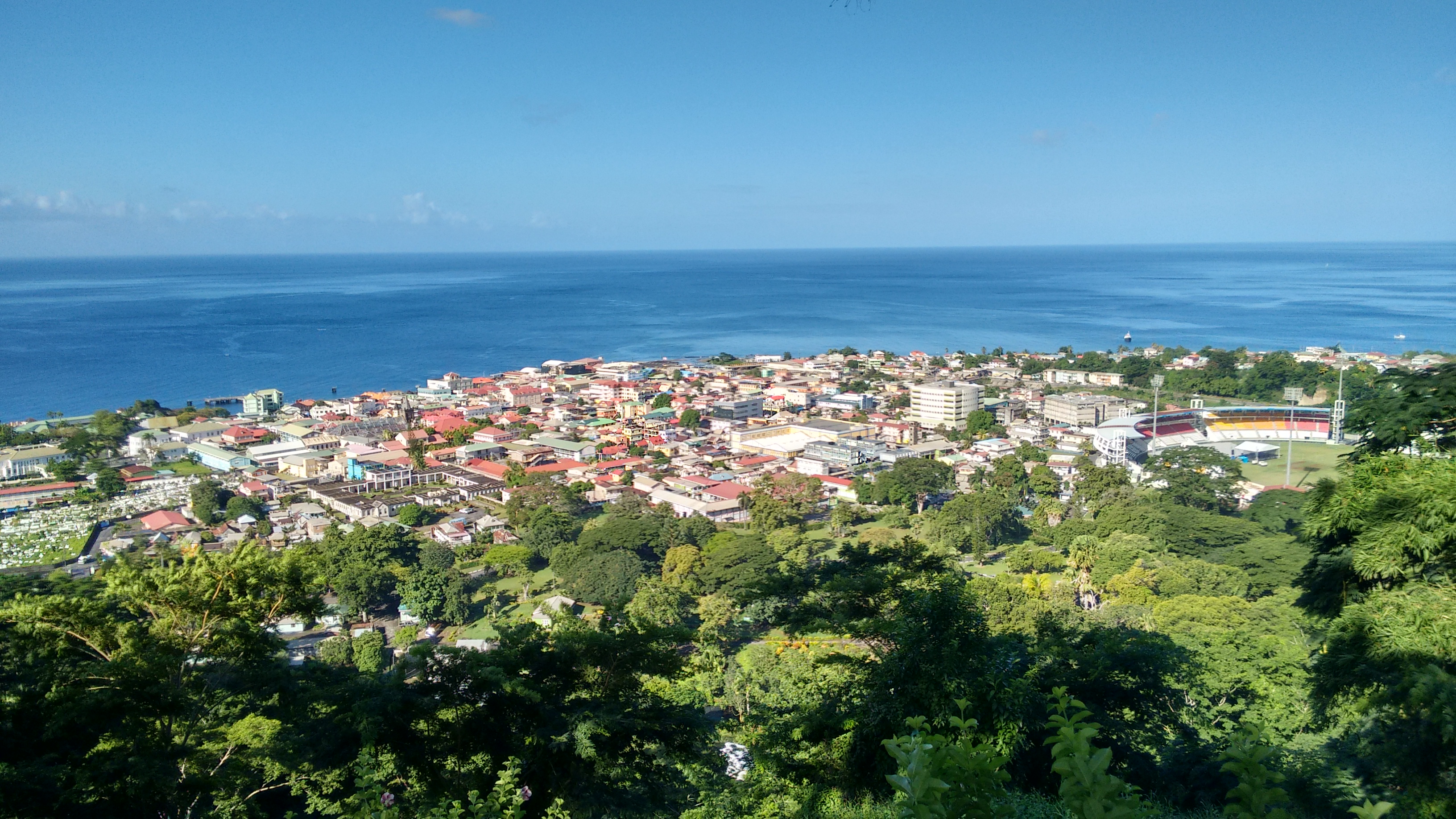
On the third day of the UR-lab in Roseau, the city walk happened in the most favourable conditions to capture a full picture of the city with its rhythms and cycles. As I clearly understood then, Friday afternoon is the peak moment of urban life in Dominica, at the end of a working week mostly concentrated in the town, just before the progressive retreat during the week-end into family life spread all over the island. My walk started catastrophically missing the right meeting point and lacking the visualisation of the map on my smartphone. That made me finally arrive late at the meeting with the participants, out of breath and sweaty under a fine tropical rain.
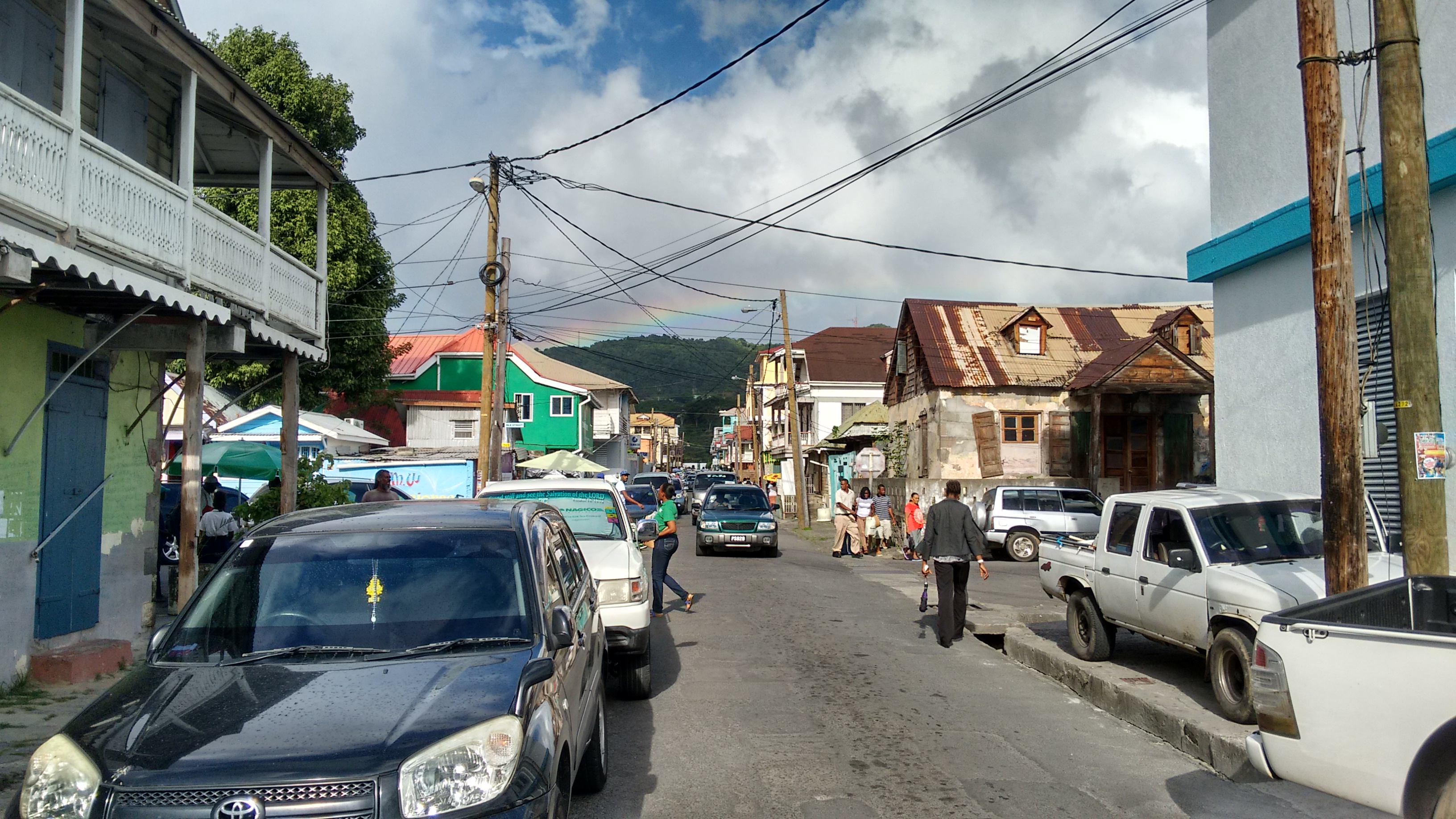
Thus, agitation just put me in the condition to experience the city with all my senses: the haptic sensation of the humidity, the wet amplifying as well odours, colours revived by the contrasted light, messy and excited soundscape and taste of street food offered all over... I am consequently curious to hear from Tamara, who chose the exercise City of Senses as her assignment.
The starting point at the crossroad of Great George and King George V streets was suggested by Carlton, working on the exercise City of Situations. I pointed out him that the very first situation we encountered was that generated by ourselves: where normally was usual to see local guides leading groups of foreign tourists, today we had a group of locals guided through their city by a "tourist". A similarly "situationist" approach was also that of Vincia, which chose City of Words. She followed the group armed with a pen and a brown paper bag on which she noted a list of words that inspired her along the path, with the final goal to develop a monologue out of the walk.
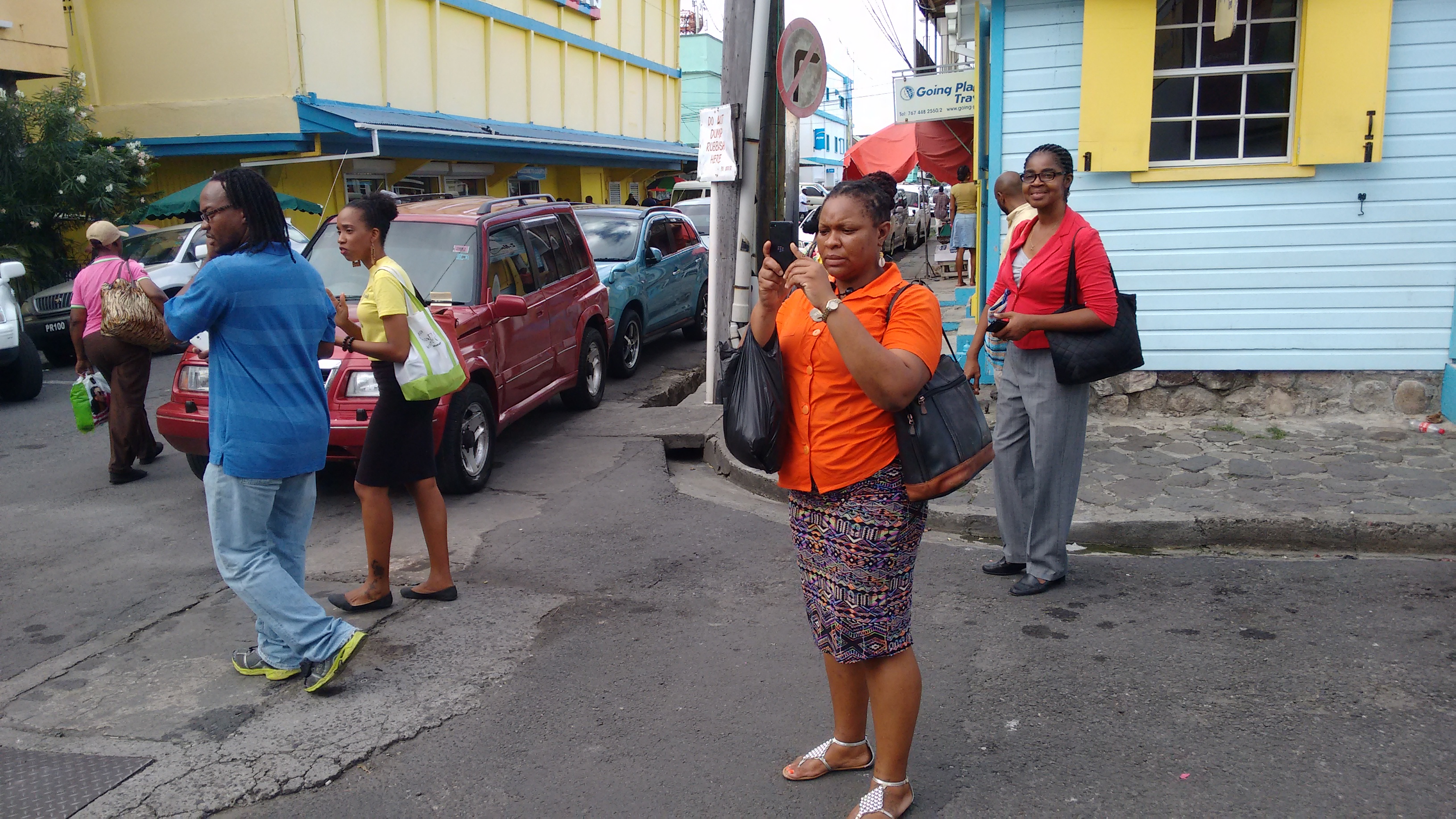
That meeting point was relevant also for Lordina's exercise, who has chosen to work on Sonicity: this is the corner where many of the music sellers of Roseau have their stalls, equipped with power systems, infusing the streets with loud vibrations that accompanied the Friday party mood. I must say that given its relatively small dimension, Dominica has an important [musical culture](https://en.wikipedia.org/wiki/MusicofDominica,with a distinct local sound, as I had the opportunity to test in the follow-up of my Friday night on a dance floor on fire!!

This crowded commercial crossroad of the city was also where Leandra planned to start her City of Signs exploration, and the following roaming of the city has showed plenty of examples of textual and iconic elements enriching the semantic landscape of the City.
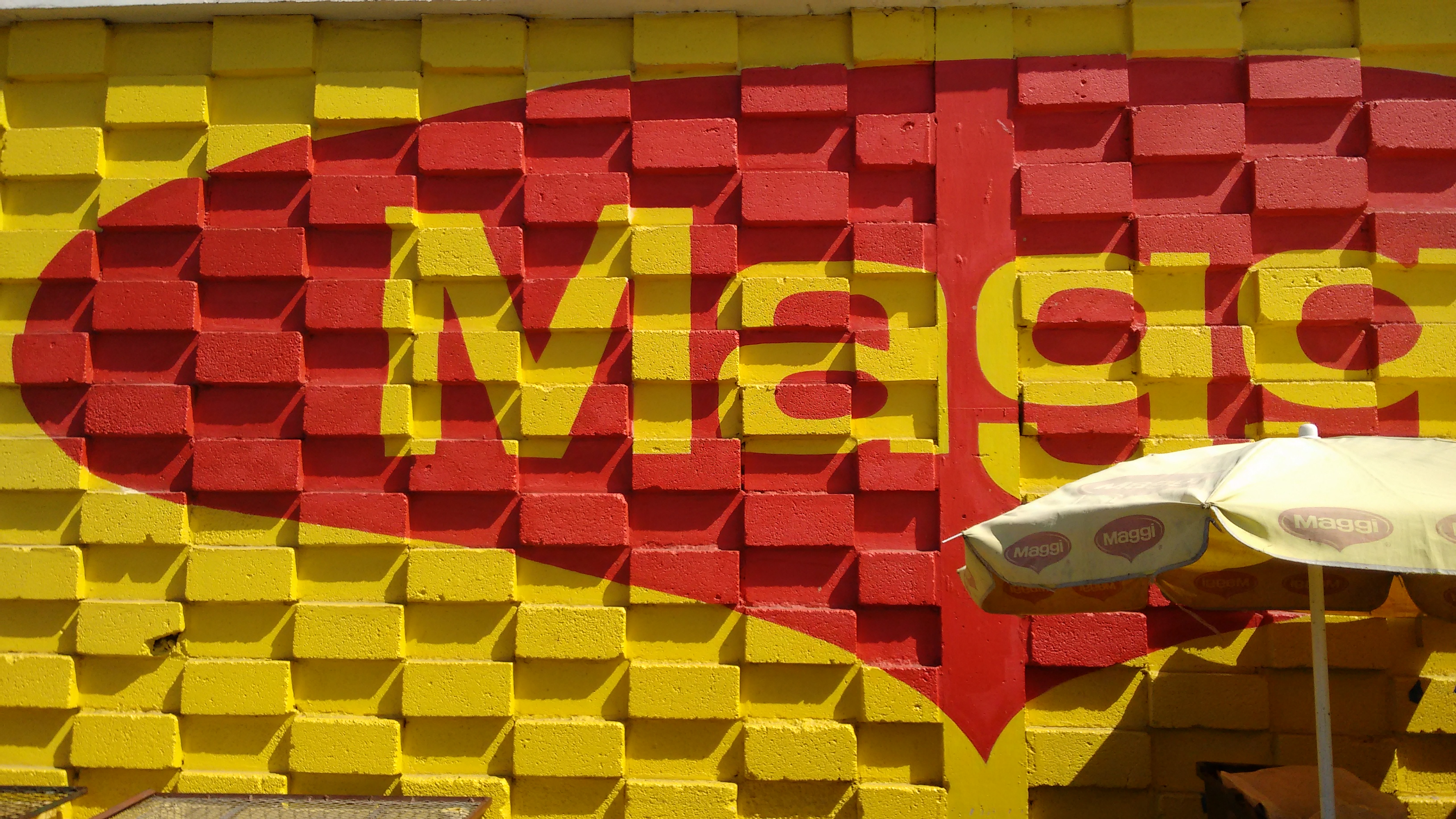
The walk went on through the city in a quite messy way, we lost contact among us several times, we did not follow the planned path, we discovered by walking new spots and notable elements... in the end, it was a true dèrive, and I think it perfectly worked in its purpose to let the participants reflect on the complexity of elements, meanings and agencies creating and transforming the urban identity. I am not able to report it in details, but I am adding some sparse impressions, to be completed by the single personal assignments of each participant..
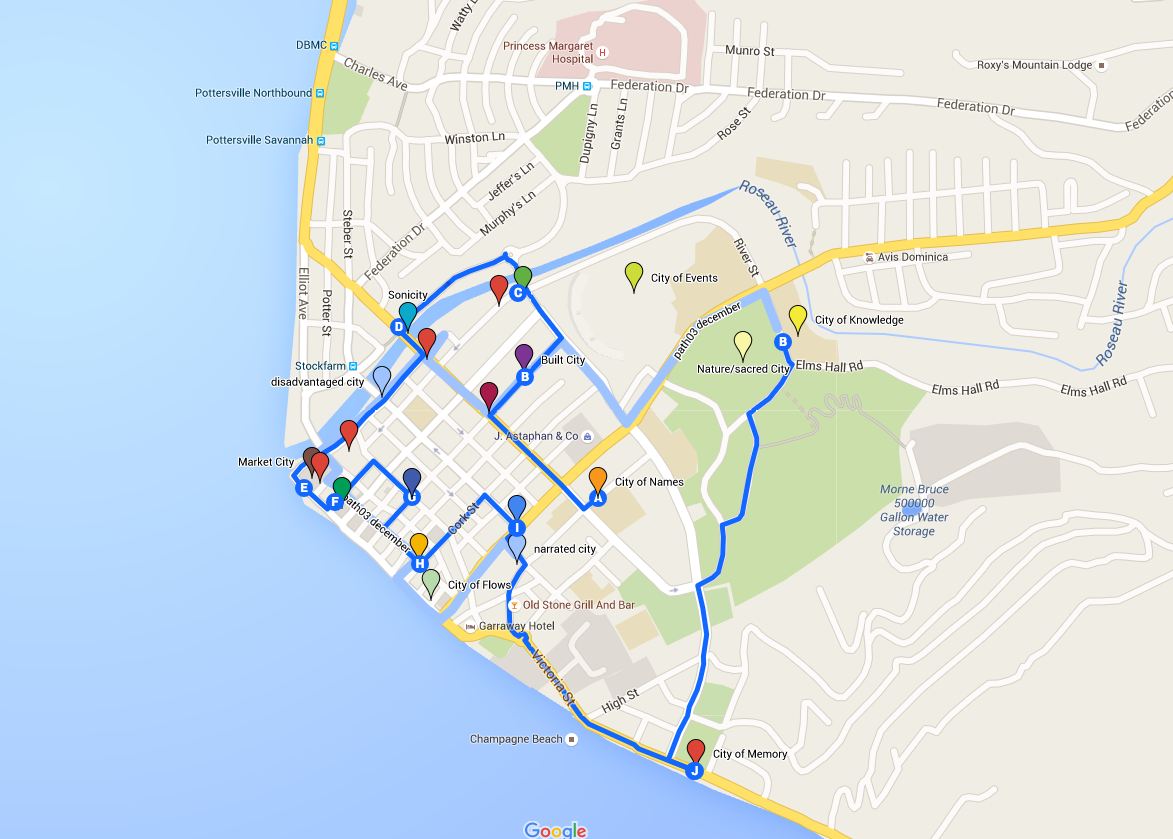
The walk mainly covered the central area of Roseau. I know there is not much of it more outside that area, but this part has especially the role of downtown for the whole island of Dominica. Here you find commercial buildings and markets, schools and public institutions, hotels restaurants and locales. The life here changes a lot according to hour and week day, as I have later noticed on Sunday when the same part of the city appeared deserted, a condition that can be particularly evident when there is no cruise ship in the roads, which is one of the main events influencing Roseaus's life. But Friday afternoon, as I said before, the town was vibrant, excited, overcrowded. Among the most particular activities, I spotted a doctor visiting patients right in the sidewalk in front of a main commercial building, checking pressure, weight and temperature to the passer-bies.
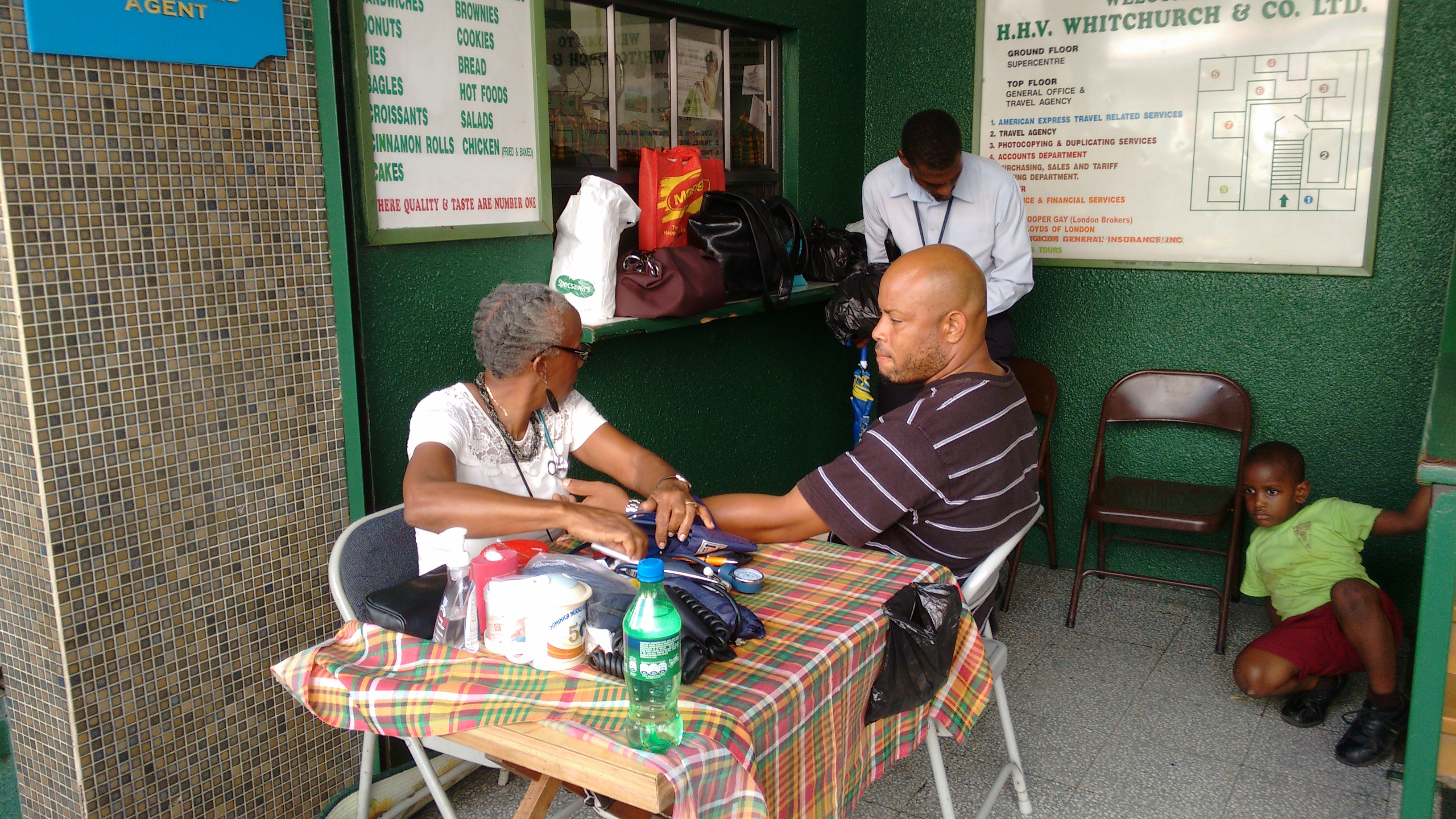
I found architecture and urban spaces in Roseau quite pleasant, with a nice mix of styles which still keep their own character. I appreciated also some modernist buildings, mostly public buildings. The architectural appearance of the city will be covered by Prina with the exercise Built City. The average state of preservation of the architecture is good, although I spotted a number of neglected spaces and unused lots, which is the subject June and Aysen work.
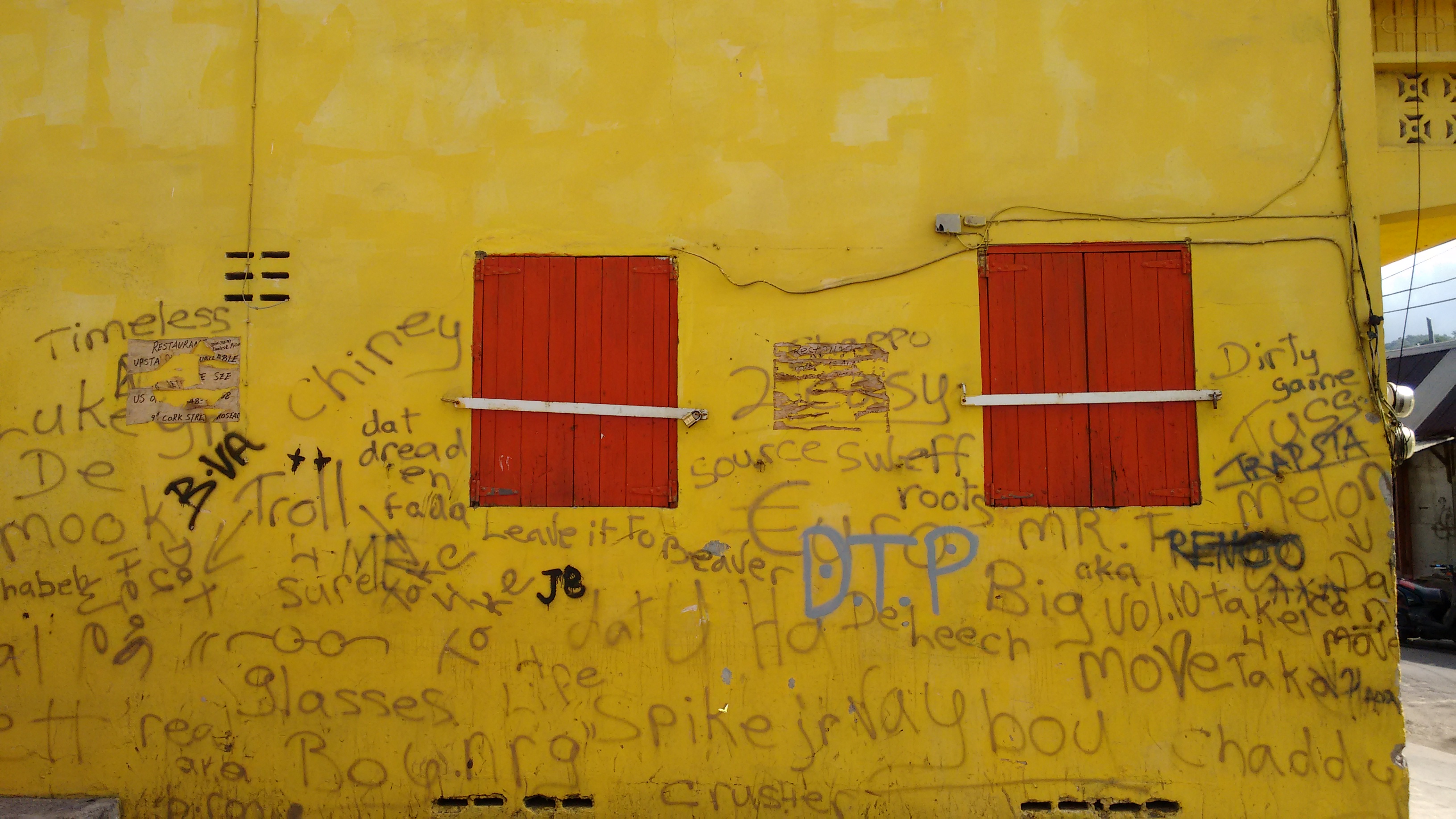
We moved then to the city market area, which is most lively and trafficked spot in city. There will be Nathaniel and Tiwisha working on the Market City exercise. The latter will in particular assess the relations of Roseau as main market centre of the island with rural productive area as well as fishing, which is mainly based in Portsmouth, that is the other main town in Dominica. Hence, I found that in Dominica local food production has a big relevance in the local market -e.i. differently from Barbados where most of the products were of imported origin.
The market is next to the main bus station of Roseau, where most the privately managed transport system of the island is headed. It is the other vibrant core of Roseau urban life, which reveals its strong connection with the surrounding territory of the island, functioning as the essential hub of all its activities. The aspect of transports is the subject chosen by Natasha. Along this area runs also the bed of the Roseau River still showing the dramatic effects of the recent hurricane Erika, that damaged the main bridge (as well as almost all bridges on the numerous rivers in the island). The controversial aspect of water in the city is the object of Immanuelle's exercise. We followed the river until the higher part of the city where mostly public buildings like schools and sport facilities are located. Here I had also the opportunity to visit a beautiful theatre form the 60's or 70's, which today is named "Arawak house of Culture", after an indian population that disappeared in the past when the dominant group of the Calinago took over the territory. It is Earlson to tackle the City of Cultures enquiring the issue of integration and what is to be considered local culture in such a post-colonial urban context. Similar concerns will be also those of Revilia assessing the City of Memory as well of Jacinta investigating with the exercise City of Names origin and meaning of the toponyms we encountered during our walk. We finally went back to the UWI campus to resume the experience and discuss how to manage the restitution of the individual exercises.